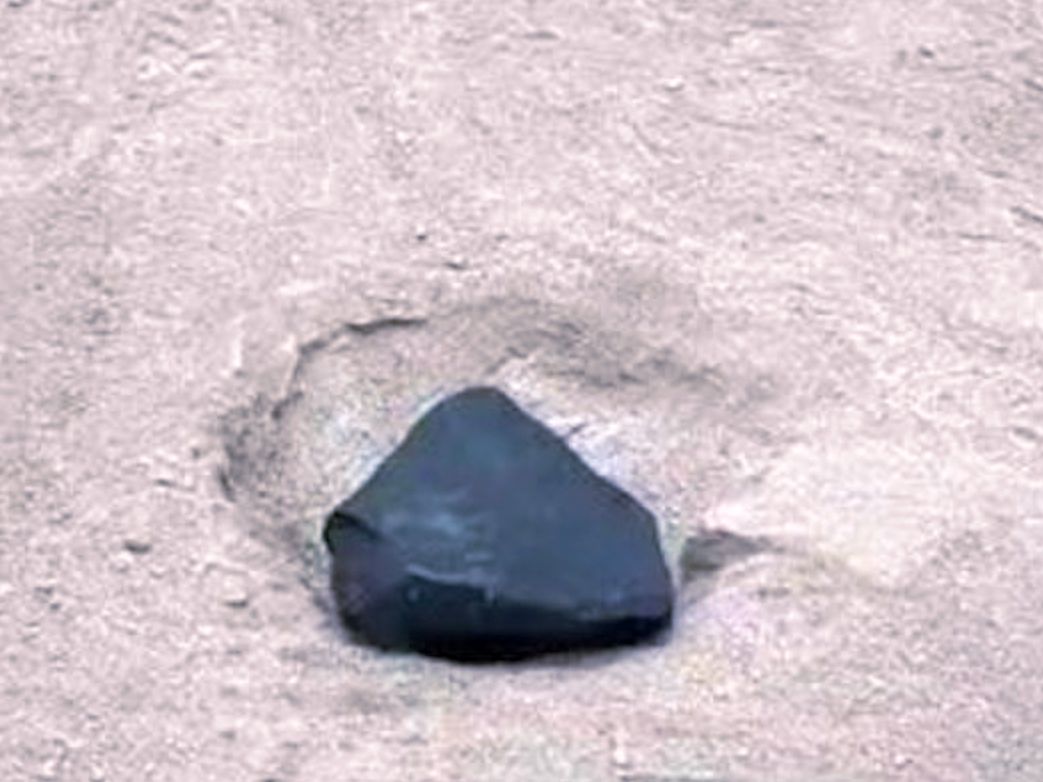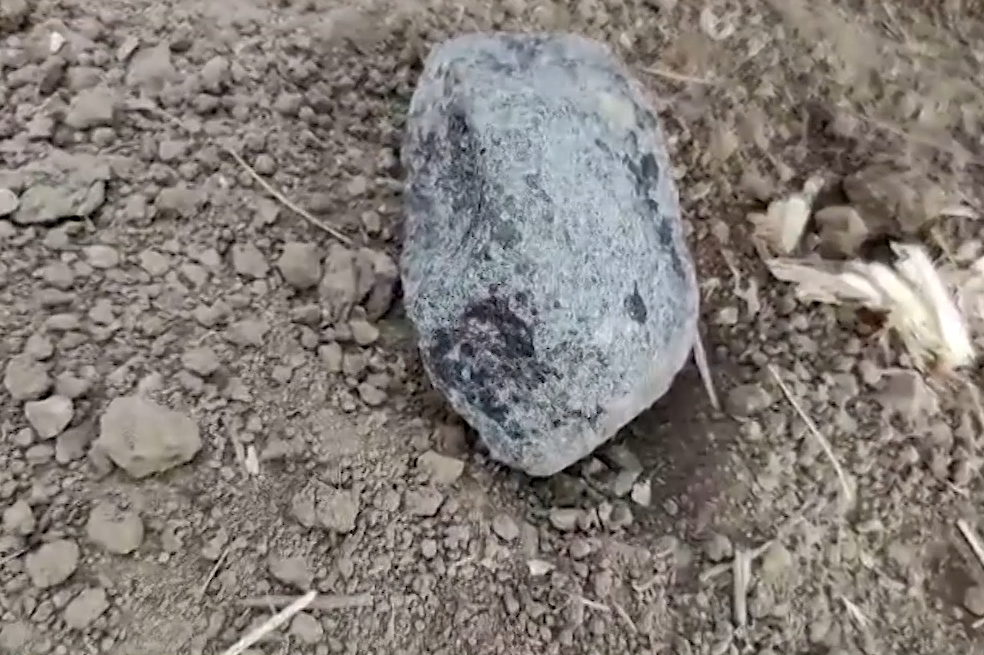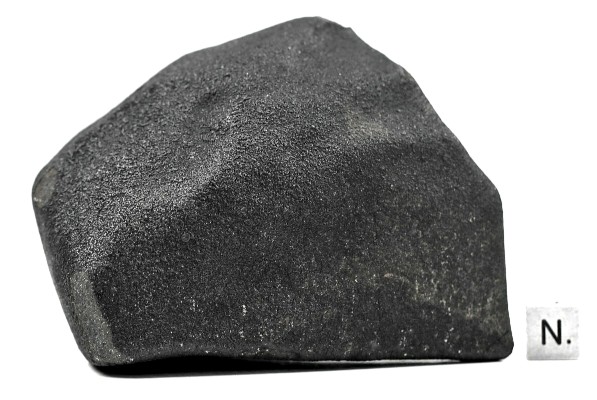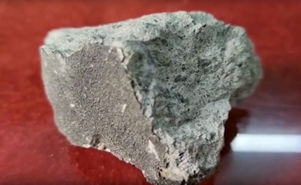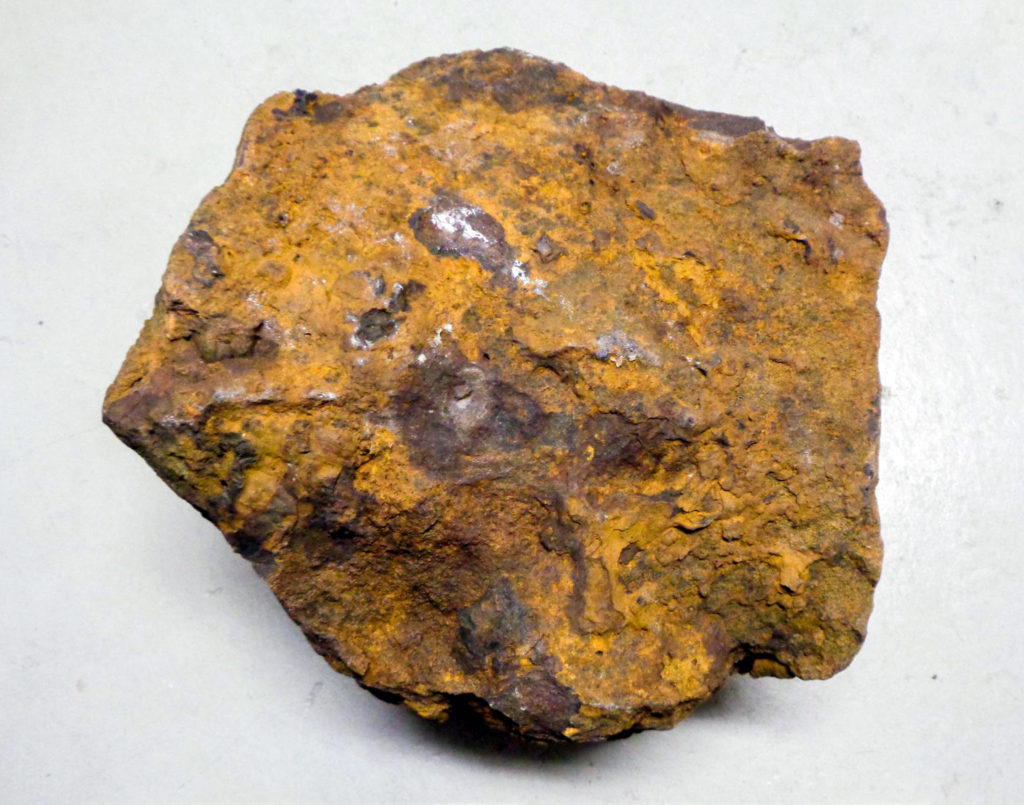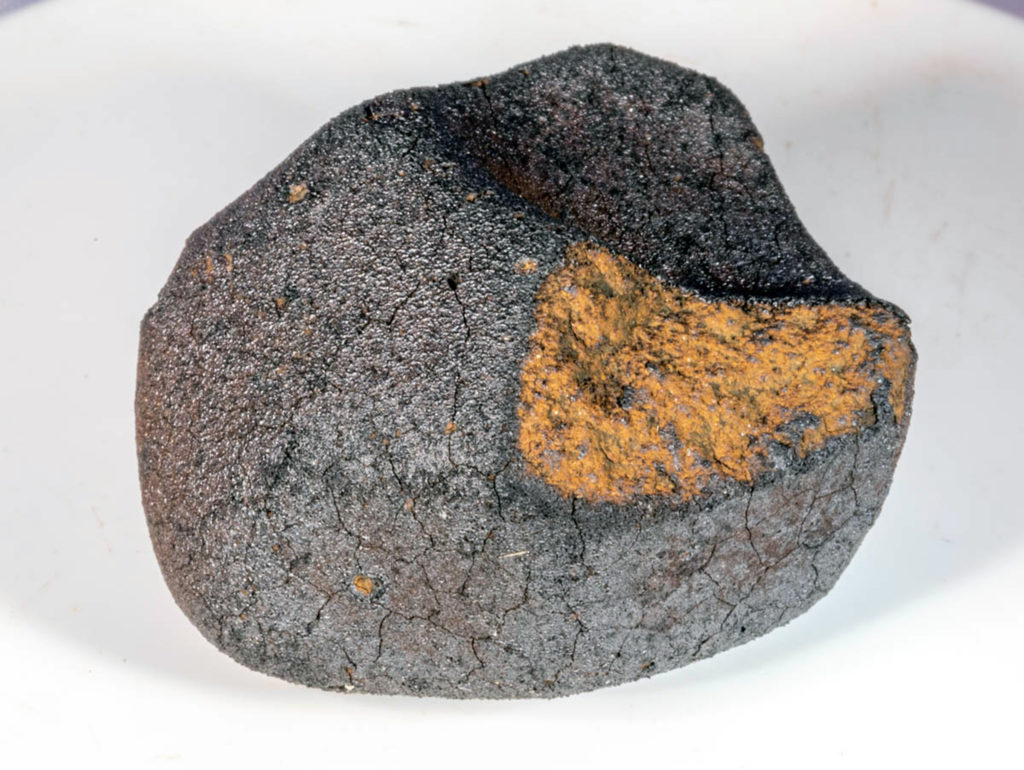The source of hydrogen in earth’s building blocksOPEN ACCESS
Thomas J. Barrett, James F.J. Bryson, Kalotina Geraki
Icarus
Available online 3 April 2025, 116588
“Highlights
- Enstatite chondrites (ECs) contain enough hydrogen to explain Earth’s water budget.
- Hydrogen in these meteorites is bound within the structure of iron sulphide grains.
- Water on Earth may be an inevitable consequence of its formation from ECs.”
“Despite being pivotal to the habitability of our planet, the process by which Earth gained its present-day hydrogen budget is unclear. Due to their isotopic similarity to terrestrial rocks across a range of elements, the meteorite group that is thought to best represent Earth’s building blocks is the enstatite chondrites (ECs). Because of ECs’ nominally anhydrous mineralogy, these building blocks have long been presumed to have supplied negligible hydrogen to the proto-Earth. However, recent bulk compositional measurements suggest that ECs may unexpectedly contain enough hydrogen to readily explain Earth’s present-day water abundance. Together, these contradictory findings mean the contribution of ECs to Earth’s hydrogen budget is currently unclear. As such, it is uncertain whether appreciable hydrogen is a systematic outcome of Earth’s formation. Here, we explore the amount of hydrogen in ECs as well as the phase that may carry this element using sulfur X-ray absorption near edge structure (S-XANES) spectroscopy. We find that hydrogen bonded to sulfur is prevalent throughout the meteorite, with fine matrix containing on average almost 10 times more Hsingle bondS than chondrule mesostasis. Moreover, the concentration of the Hsingle bondS bond is linked to the abundance of micrometre-scale pyrrhotite (Fe1-xS, 0 < x < 0.125). This sulfide can sacrificially catalyse a reaction with H2 from the disk at high temperatures to create H2S, which could be dissolved in adjoining molten silicate-rich material. Upon rapid cooling, this assemblage would form pyrrhotite encased in submicron silicate-rich glass that carries trapped H2S. These findings indicate that hydrogen is present in ECs in higher concentrations than previously considered and could suggest that this element may have a systematic, rather than stochastic, origin on our planet.”

